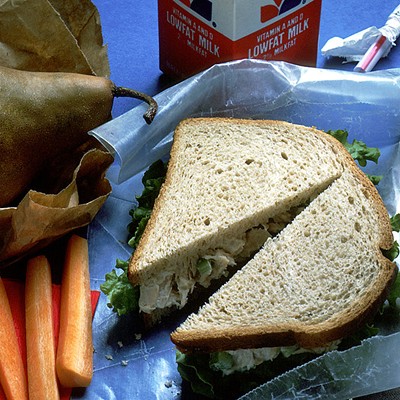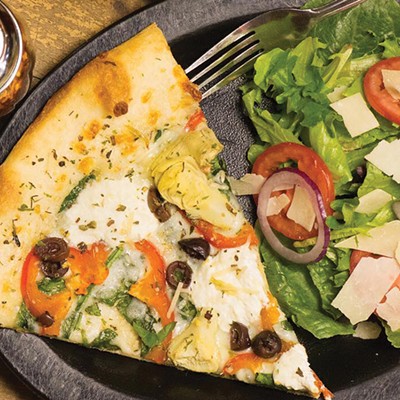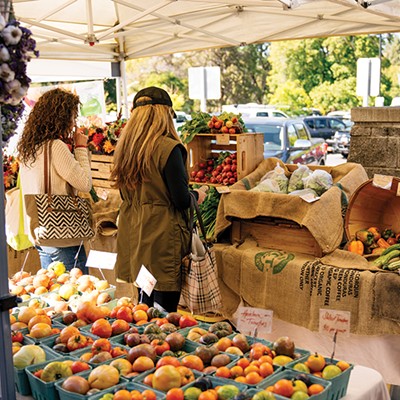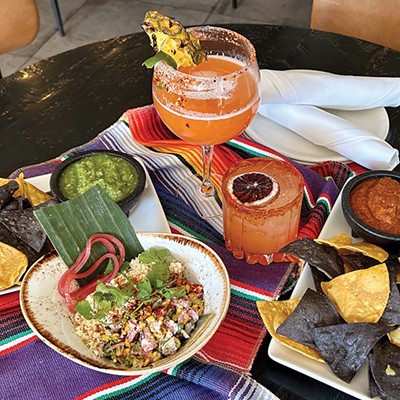No kitchen is complete without salt. It's a basic human taste, used in every cuisine. Salt enhances the flavor of food and brings it to life. At most restaurants in the U.S., when we ask for salt, we get table salt—stocked in most homes, along with possibly Himalayan pink salt. But take a look at Japan, where people use 4,000 different types of salt.
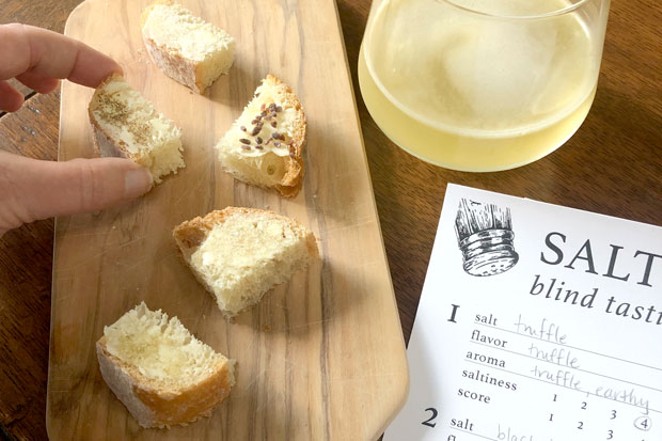
Plenty of salt varieties are available stateside, too. In Oregon, there's Netarts Bay hand-harvested pure flake sea salt from the Jacobsen Salt Co.—sold by itself, or with a host of infusions.
But do we really know that much about the mineral we eat every day, in almost every meal?
Tasting parties
Like parties hosted around wine, cheese and spirits, there are parties centered around salt. I thought of this idea when a friend gifted me a tiny set of salts from Japan. I couldn't read any of the labels, but she translated each one and made a legend. The vials seemed so precious. Every time I thought about using them, I felt like I might waste one if I used it in the wrong dish, or worse, if the salt got lost in a dish. They sat on my shelf until I decided to share them with others.
Choose salts wisely
The Japanese set of salts included flavored salts (rice, bamboo, meat, three spice, wasabi, matcha and tempura) and regional salts (Peru Inca, Himalayan and Andes). Many of the salts were very similar, so comparing them at a tasting would be challenging. Unless you know people with extremely well-developed salt palates, I recommend choosing a selection of salts that have different characteristics. The Japanese matcha and wasabi salts had very distinguishable flavors, so for my blind tasting I included them, along with truffle salt, alder wood smoked salt and Himalayan black salt.
Do a little homework
Before a tasting party, spend a little time online or at the library so you have some background on each salt. Learn where it's from, how it was harvested (rock or sea) and what cuisine it's typically used in. Inevitably someone is going to ask questions, so prepare beforehand or you or your guests will be Googling at the table.
Pairing salt
Salt will enhance anything you put it on, so think basic when choosing what to serve it with. I chose a baguette with unsalted butter, making it easy for everyone to pick up the nuances of each salt. Most of the guests found the garlic and onion notes in the wasabi salt, and practically everyone guessed the truffle salt on aroma alone. The salt we discussed the most was the Himalayan black salt, an Indian volcanic rock salt also known as kala namak. It smelled like sulfur and tasted a bit like hard-boiled egg yolk. We all agreed it must be a staple in vegan cooking because it could fool the nose into thinking it was about to eat egg.
Talking about how each salt could be used was my favorite part of the tasting—and this is also where I missed the mark. I wish I would have prepared more food to try with the salt, making the tasting also serve as a dinner party. Next time I'll serve beef, chicken, roasted green beans or broccoli, along with macaroni and cheese. A friend thought the alder wood smoked salt would be perfect on a steak, mimicking being prepared over a wood fire.
Because a salt tasting is a newer concept, I couldn't find a blind tasting score card online. I designed one myself so tasters could record the flavor and aroma they picked up on each salt, rank the saltiness, give the salt an overall score and guess or record the actual type of salt.



